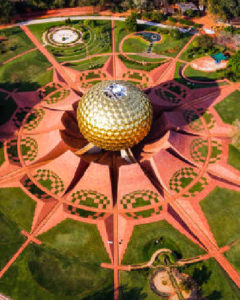- Home
- About us
- Destination
-
-
- Goa
Telangana

Andra Pradesh

- Tour Packages
- Car Rental
- Contact
Bull Temple
Bull Temple From Basavanagudi

- Temple History
What makes the Bull Temple in Basavanagudi truly remarkable is a rare sight: a vehicle of the divine that seems to command more attention than the deity it serves. Here, the massive monolithic statue of Nandi, the sacred bull and mount of Lord Shiva, takes center stage. This 15-foot-high stone bull, carved from a single block of granite, isn’t just a symbol—it’s an object of veneration in its own right.
- Mythology
India is rich with mythology, and the tale of the Bull Temple in Basavanagudi adds another fascinating layer to this tapestry of stories. According to local lore, centuries ago, a wild and menacing bull roamed the fields of Basavanagudi, causing untold destruction to crops and terrifying the local farmers. Despite their efforts, they were powerless to stop the beast, and their livelihoods were at risk. In their desperation, the farmers turned to Lord Shiva, the bull’s divine master, seeking his intervention.
- Peculiarity
The Bull Temple stands out not only for its massive monolithic Nandi but also for the presence of other divine figures that enrich its spiritual significance. Alongside the towering Bull, there are idols of Lord Surya, the Sun God, and Goddess Chandra, the Moon Goddess, both of whom add a unique celestial dimension to the temple. It is believed that the river Vrishabhavathi, named after the bull, originates at the very footstep of Lord Surya, further enhancing the temple’s sacred aura.
- Uniqueness
The famous Groundnut Festival (Kadalekai Parishe) is held annually in November or December, drawing crowds from all over to celebrate the season’s first groundnut harvest. During this time, farmers offer their newly harvested groundnuts to Nandi, the sacred bull, as a mark of gratitude for a bountiful crop. The festive atmosphere, filled with local stalls and vibrant activities, makes it a highly anticipated event in Basavanagudi.
- Nearby Temples:
Other notable temples nearby include Dodda Ganapathi Temple, Anjaneya Temple, and Saibaba Temple.
- Travel
- The temple is accessible from Bangalore; local buses from Bangalore bus station will take you there.
- The nearest railway station is in Bangalore, connecting trains from across India.
- Taxis are readily available from Bangalore International Airport, providing a convenient route to the Bull Temple.




